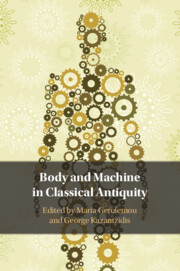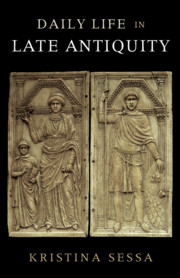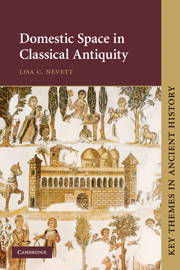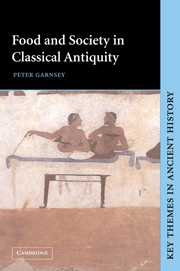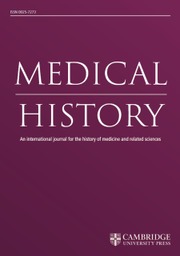Body and Machine in Classical Antiquity
This innovative and wide-ranging volume is the first systematic exploration of the multifaceted relationship between human bodies and machines in classical antiquity. It examines the conception of the body and bodily processes in mechanical terms in ancient medical writings, and looks into how artificial bodies and automata were equally configured in human terms; it also investigates how this knowledge applied to the treatment of the disabled and the diseased in the ancient world. The volume examines the pre-history of what develops, at a later stage, and more specifically during the early modern period, into the full science of iatromechanics in the context of which the human body was treated as a machine and medical treatments were devised accordingly. The volume facilitates future dialogue between scholars working on different areas, from classics, history and archaeology to history of science, philosophy and technology.
Reviews & endorsements
'… an interesting and important collection of twelve essays that trace the development of explanations of the human body that appeal to machines and other technological artefacts.' Douglas R. Campbell, Metascience
'… the expansive topical range and quality of scholarship ensures that this volume will be of interest to scholars of many kinds, both those interested in narrow excavation and close reading of classical sources and those interested in broader conceptual questions about technology, humanity, and the future of both.' Philip D. Bunn, Bryn Mawr Classical Review
'This is a very original collection of essays that shows how cross-disciplinary thinking - which is now believed to be a creation of the present-day world, science, and research - was already a productive instrument for investigation in classical antiquity. The point is not the anteriority, but the originality of the ancient thinking and the productivity of a type of thinking that crosses the borders of traditional ways of working. In this way, antiquity created an interesting model for the understanding of the human machine that allowed for efficacious applications. This is the merit of this book, to bring this to light in a compelling case, as well written as documented and, more than anything, pleasant to read.' Alain Touwaide, Doody's Reviews
Product details
No date availablePaperback
9781009088060
345 pages
229 × 152 mm
8 b/w illus. 14 colour illus.
Table of Contents
- Part I. Blended Bodies:
- 1. More than a thing: figuring hybridity in archaic poetry and art Deborah Steiner
- 2. Automata, cyborgs, and hybrids: bodies and machines in Antiquity Jane Draycott
- 3. Not yet the android: the limits of wonder in ancient automata Isabel A. Ruffell
- Part II. The Technological Body:
- 4. Technical physicians and medical machines in the Hippocratic Corpus Maria Gerolemou
- 5. The empirical, art, and science in Hippocrates' On Joints Jean De Groot
- 6. Hippocrates' Diseases 4 and the technological body Colin Webster
- Part III. Towards the Mechanization of the Human Body:
- 7. Aristotle on the lung and the bellows-lungs analogy Giuli Korobili
- 8. The ill effect of south winds on the joints in the human body: Theophrastus, De ventis 56 and pseudo-Aristotle, Problemata 1.24 Robert Mayhew
- 9. The Beauty that lies within
- Anatomy, mechanics and thauma in Hellenistic Medicine George Kazantzidis
- 10. The mechanics of the heart in Antiquity Matteo Valleriani
- 11. The mechanics of Galen's Theory of Nutrition Orly Lewis
- 12. Iatromechanism and Antiquarianism in Morgagni's Studies on Celsus, 1720–1761 Marquis Berrey.

